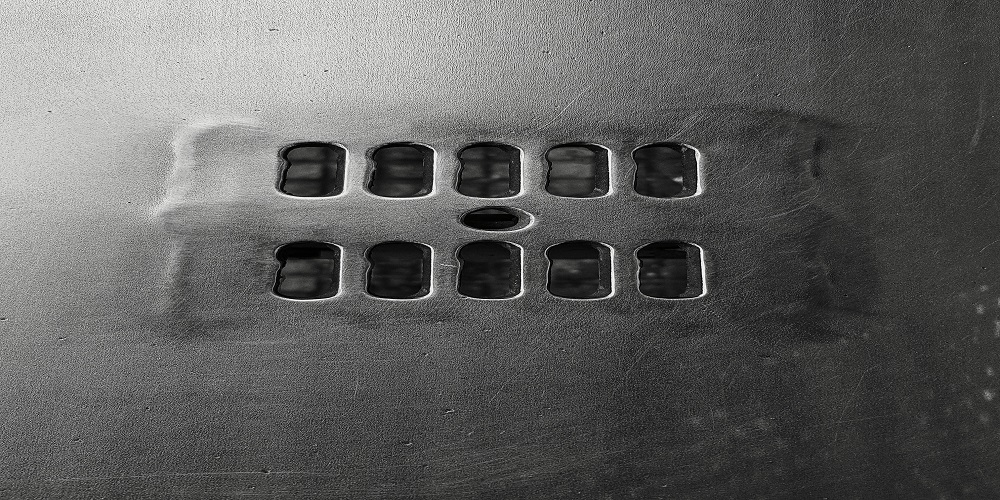Septic systems are essential wastewater treatment systems used by many Canadian properties that are not connected to municipal sewer lines. These systems play a crucial role in treating and disposing of household wastewater in a safe and environmentally friendly manner. Regular maintenance of septic tanks is vital to ensure their optimal performance and prevent costly repairs or replacements. One of the key aspects of septic system maintenance is septic tank pumping, which helps to remove accumulated solids and maintain the system’s efficiency. In this article, we will explore the recommended Septic System Pumping Frequency for Canadian properties and the importance of this maintenance task.

Understanding Septic Systems
Before diving into septic tank pumping frequency, it’s important to have a basic understanding of how septic systems work. A septic system typically consists of two main components: the septic tank and the drain field.
- The Septic Tank: This underground tank is responsible for holding and treating wastewater from your home. When wastewater enters the septic tank, it undergoes a natural separation process. Heavier solids settle at the bottom of the tank, forming a layer of sludge, while lighter materials, such as grease and oils, float to the top, forming a scum layer. The partially treated wastewater, known as effluent, flows out of the septic tank into the drain field.
- The Drainfield: The drain field is an area in your yard where the effluent is dispersed into the soil. The soil naturally filters and treats the effluent before it reenters the groundwater.
Importance of Septic Tank Pumping
Regular septic tank pumping is essential for maintaining the overall health and longevity of your septic system. When the sludge and scum layers in the tank reach a certain level, they can negatively impact the system’s functionality in several ways:
- Reduced Treatment Efficiency: If the sludge and scum layers are not removed through pumping, they can accumulate and reduce the available space for wastewater treatment. As a result, the effluent that flows into the drain field may contain more solids, increasing the risk of clogging and potential contamination of the surrounding environment.
- System Failure: Without proper pumping, the septic tank may become overloaded with solids, causing it to back up or even fail. A failed septic system can be extremely costly to repair and may lead to health hazards on your property.
- Odour and Drainage Issues: Accumulated solids in the septic tank can emit foul odours and lead to slow drainage in sinks, showers, and toilets.
Recommended Septic Tank Pumping Frequency
The frequency at which you should pump your septic tank depends on various factors, including the tank size, the number of occupants in your home, the amount of wastewater generated, and the presence of a garbage disposal unit. In general, it is recommended to have your septic tank pumped:
- Every 3 to 5 years: For an average-sized Canadian household with a conventional septic system, pumping every three to five years is a typical recommendation. However, properties with larger tanks and more occupants may require more frequent pumping.
- Annually: If your household has a garbage disposal unit, it is advisable to have the septic tank pumped annually. Garbage disposals can introduce additional solids into the septic system, necessitating more frequent maintenance.
It’s essential to consult with a professional septic system service provider to assess your specific situation and determine the appropriate pumping schedule.
Signs That Your Septic Tank Needs Pumping
Apart from following the recommended pumping frequency, it’s crucial to be aware of signs that indicate your septic tank may be due for pumping before the scheduled time. Some common signs include:
- Slow Drains: If you notice slow drainage in sinks, showers, or toilets, it could be a sign of a septic tank nearing its capacity.
- Foul Odors: Foul smells around the septic tank area or inside your home may indicate a full tank that needs pumping.
- Pooling Water: Puddles of water or overly green and lush grass in the drain field area could signify a saturated drain field due to a full septic tank.
Conclusion
A well-maintained septic system is crucial for the health of your property and the environment. Regular septic tank pumping is an essential aspect of this maintenance, ensuring that your septic system operates efficiently and effectively for years to come. Neglecting this crucial task can lead to costly repairs, system failure, and environmental contamination.